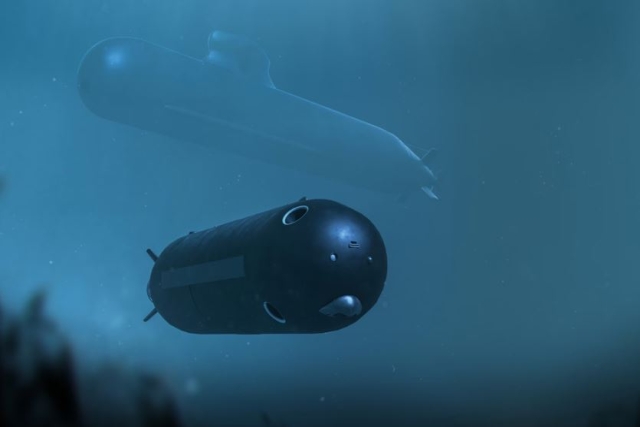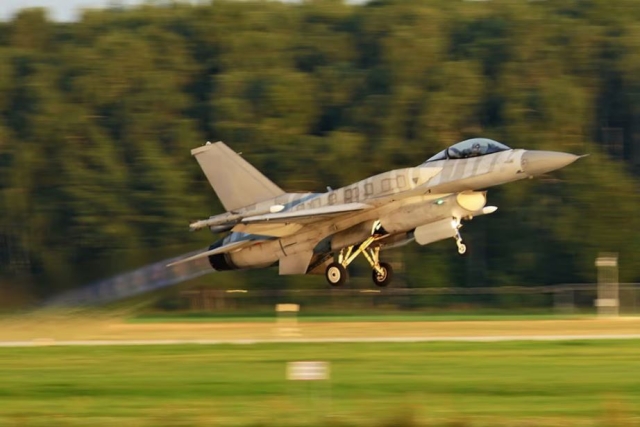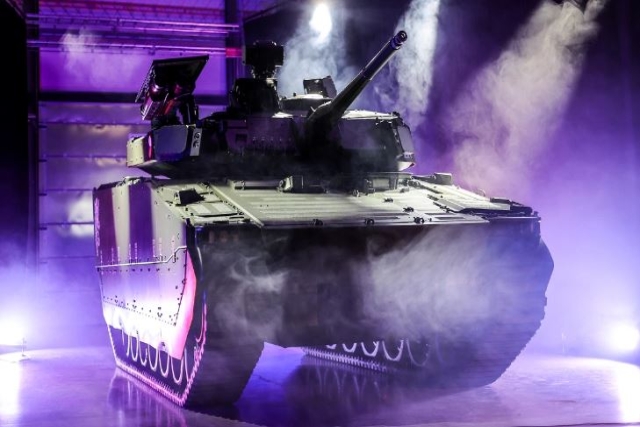Grounding of U.S. Military’s V-22 Osprey Fleet Enters Third Month
More than 40 people have perished in Osprey-related incidents so far
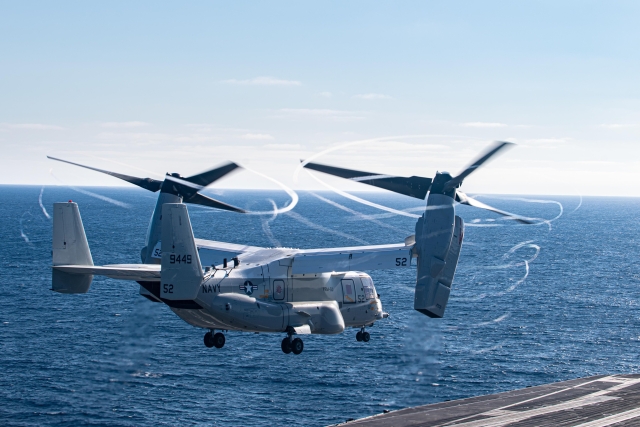
CMV-22 Osprey conducts flight operations on the flight deck of USS Nimitz aircraft carrier
The grounding of around 400-strong fleet of Osprey V-22 Tilt-rotor aircraft is in its third month with no update on what is wrong with the aircraft.
The fleet was grounded worldwide on December 6, 2023, indefinitely, following a fatal crash off the coast of Japan on November 29, 2023. The current grounding has surpassed previous instances of fleet suspension with varying duration.
The decision to ground the Osprey fleet was announced by the U.S. military just one week after tragic incident involving the U.S.A.F.’s CV-22 claimed the lives of eight Air Force Special Operations Command service members when it crashed into the sea near Yakushima Island. Lt. Gen. Tony Bauernfeind, head of Air Force Special Operations Command, directed the standdown "to mitigate risk while the investigation continues," citing preliminary information indicating a potential “material” failure as the cause of the mishap.
Naval Air Systems Command, responsible for the Marine Corps and Navy variants of the Osprey, also issued a separate notice grounding all Ospreys, emphasizing the priority placed on the safety of pilots and air crews. The grounding is expected to remain in place until the investigation determines the cause of the Japan crash and makes recommendations for the fleet's safe return to operations.
Osprey's Troubled History and Recent Incidents
The Osprey, a versatile hybrid aircraft capable of taking off and landing like a helicopter and cruising like an airplane, has been under scrutiny due to a series of incidents since its operational debut in 2007. Air Force Special Operations Command has 51 Ospreys, the U.S. Marine Corps flies more than 400, and the U.S. Navy operates 27.
The recent crash in Japan adds to a history of accidents, including one in Australia in August 2023, still under investigation, that claimed the lives of three Marines.
Past Incidents and Criticisms
A report in 2005 highlighted the troubled history of the Osprey, detailing crashes during testing from 1991 to 2000 and labeled it the "Pentagon's killer chopper-plane". After observing an uptick in hard clutch engagement events, the U.S. military in February 2023 temporarily halted operations Ospreys across three services.
Nineteen Marines died in one of Osprey’s earliest major crashes that occurred in April 2000. The investigation revealed that a combination of factors, including pilot error, software issues, and hydraulic problems, led to the accident.
In August 2023, Defensemirror.com wrote a report on Osprey being accident-prone, mentioning over 40 casualties in 11 Osprey-related incidents since 2000.
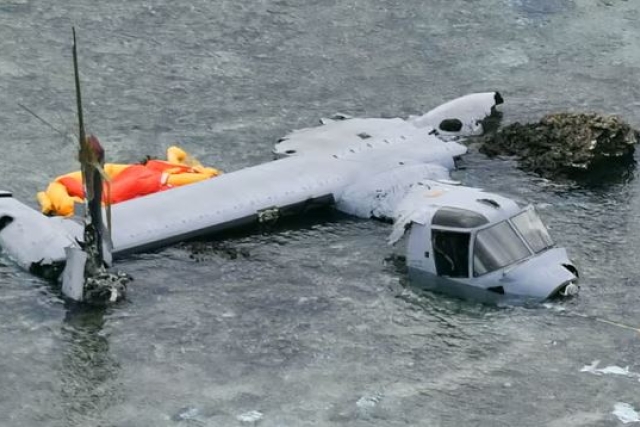
|
Date |
Number of People Dead |
Place of Crash |
|
April 8, 2000 |
19 |
Arizona |
|
December 11, 2000 |
4 |
North Carolina |
|
April 8, 2010 |
4 |
Southern Afghanistan |
|
April 11, 2012 |
2 |
Morocco |
|
June 13, 2012 |
0 |
Navarre, Florida |
|
May 17, 2015 |
2 |
Oahu, Hawaii |
|
December 13, 2016 |
0 |
Okinawa, Japan |
|
August 5, 2017 |
3 |
Off the coast of Australia |
|
September 28, 2017 |
0 |
Syria |
|
March 18, 2022 |
4 |
Norway |
|
June 8, 2022 |
5 |
Glamis, California |
|
August 27, 2023 |
4 |
Melville Island, Australia |
|
November 29, 2023 |
8 |
Yakushima, Japan |
Progress in Investigation and Return to Service Plans
The United States has pledged to consult with Japan before resuming Osprey flights, which were suspended after a fatal crash last year. Japanese Defense Minister Minoru Kihara announced in January 2024 that U.S. Defense Secretary Lloyd Austin has instructed American forces not to operate Ospreys in Japan without prior coordination with the Japanese government.
As of February 2024, the Pentagon said it has made progress in identifying a potential mechanical failure that led to the fatal crash in Japan. A U.S. defense official informed The Associated Press that the Joint Safety Council, in collaboration with the Air Force, Navy, and Marine Corps, is working on plans to return the Osprey fleet to service.
The official, speaking on condition of anonymity with The Associated Press, stated that the discovery of the mechanical failure has opened discussions on implementing mitigation to allow the aircraft's safe return to flight. However, the specific nature of the failure has not been disclosed, and the investigation is ongoing.
Each service will determine when it returns its own fleets to the skies. In aviation, they’ve done this before, but probably not on this broad scale with a platform like we have in the V-22 Osprey. That could include getting service-wide input on how many simulator hours are needed to get a crew back to proficiency, with what type of flying, and what maintenance is needed on each Osprey before they return to the air again. Flight safety is dependent on pilots maintaining currency on an aircraft — meaning that they are flying regularly enough to be proficient in all types of flying, such as night missions, close formation flying, or refueling. After 60 days of being grounded, that will be one of the key issues the services must prepare for as the Ospreys return to flight. They also must make sure the aircraft are ready. Both the Air Force and Marine Corps have been running the Osprey’s engines; the Marines have been conducting ground movements to keep the aircraft working.
Marine Corps leadership is also reportedly working on a message to send throughout the service that could give each unit up to 30 days to re-certify crews and ensure they are ready to return to flight.
Lt. Gen. Tony Bauernfeind, head of Air Force Special Operations Command, stated at the Air Warfare Symposium on February 13 that the Air Force remains uncertain about when CV-22 Osprey flights might resume. He said the investigation into the November 29 crash is ongoing, along with a comprehensive review of Osprey force training and equipment.
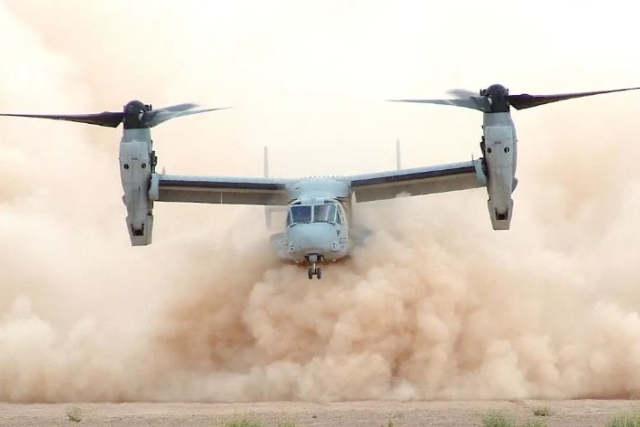
Bauernfeind, engaging in weekly discussions with sister services, emphasized that flights will only resume with full confidence in training, crews, and platform safety measures. He highlighted the need for essential information before implementing appropriate risk mitigations.
Osprey Exports and Potential Operators
Japan accepted its first V-22 in July 2020, marking a five-year period from the initial deal. It has stopped flying all of its 14 Ospreys after the 2023 accident. The country plans to operate a fleet of 17 V-22s, making it the first non-U.S. customer for this advanced tiltrotor aircraft. Notably, the Japanese variant features a unique configuration equipped with a specialized communication system.
In 2015, the Indian Aviation Research Centre expressed interest in acquiring four V-22s for diverse roles, including personnel evacuation, logistics, and the deployment of the Special Frontier Force in challenging border conditions. Additionally, the Indian Navy contemplated the V-22 as a potential replacement for the Kamov Ka-31 in airborne early warning and control. Furthermore, India is reportedly considering the procurement of six attack version V-22s to facilitate swift troop insertion in border regions.
On July 6, 2020, the U.S. State Department granted approval for a Foreign Military Sale to Indonesia, encompassing eight Block C MV-22s and associated equipment. The estimated cost of this significant deal amounts to $2 billion (~$2.24 billion in 2022).
An agreement signed on April 22, 2013, committed to selling six V-22s to the Israeli Air Force. However, by the close of 2016, Israel had not finalized the purchase and was exploring alternative options like the C-47 Chinook or the CH-53K. In 2017, Israel temporarily halted the V-22 evaluation, citing perceived limitations in executing certain missions compared to its existing Sikorsky CH-53 transport helicopters.

